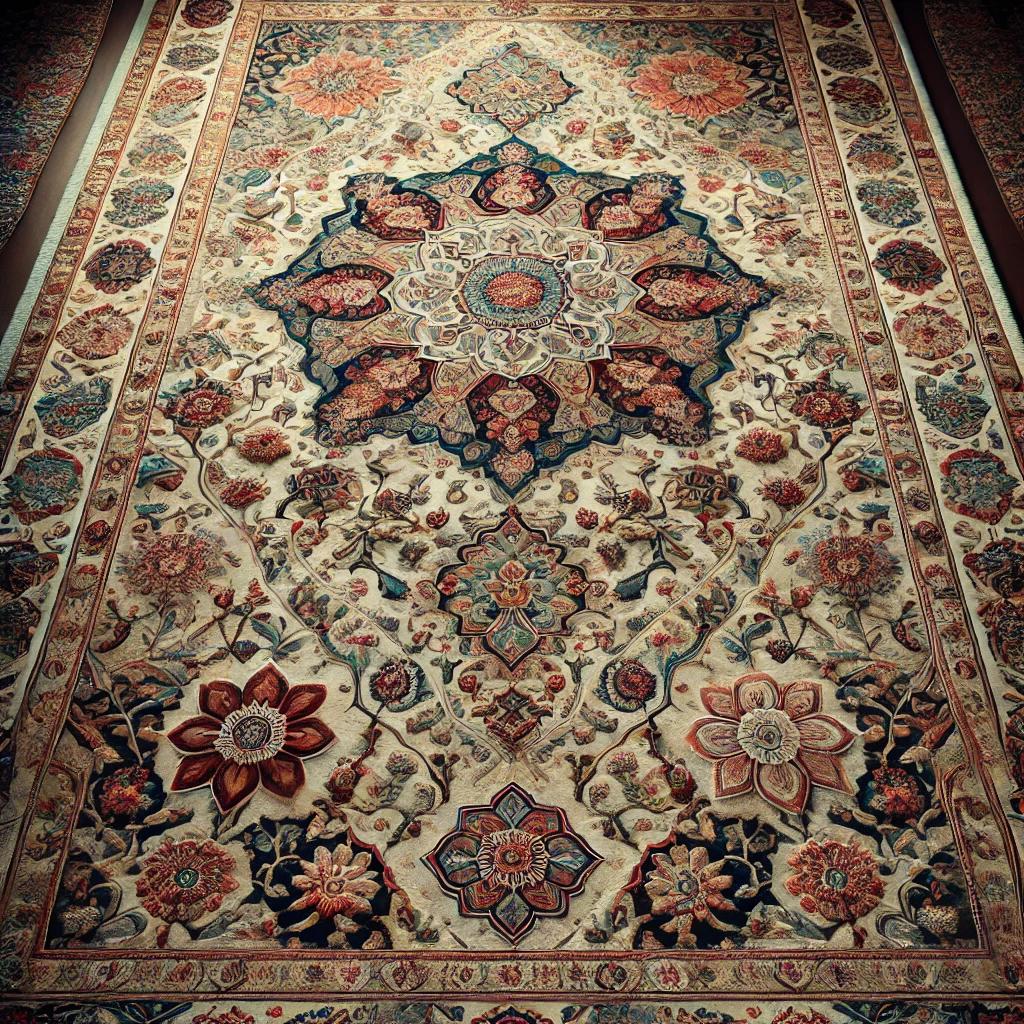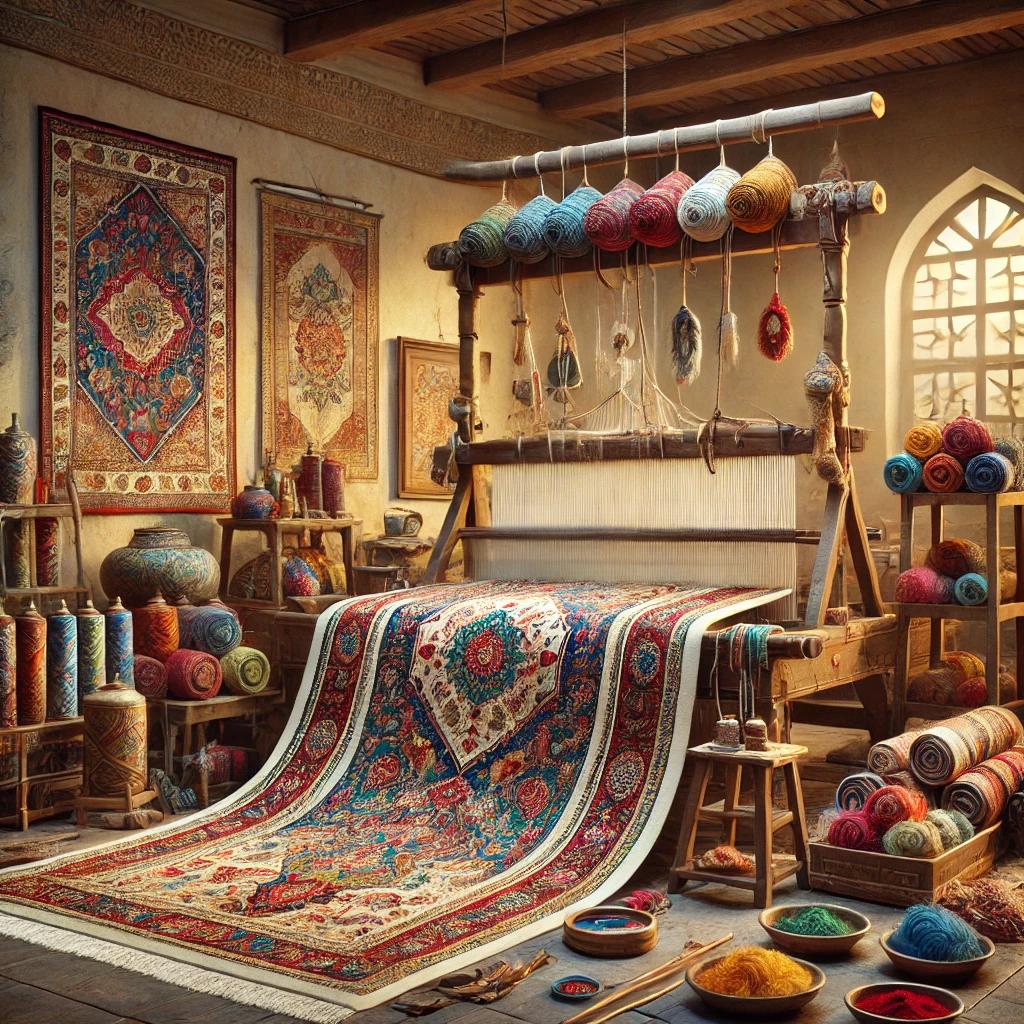Persian rugs are more than just home décor; they are woven pieces of history and culture. Each pattern reflects centuries of craftsmanship, storytelling, and tradition. From floral motifs to geometric designs, every element carries meaning. Let’s explore the rich history and symbolism behind Persian rug patterns.
1. The Origins of Persian Rugs
The tradition of Persian rug weaving dates back over 2,500 years. These handwoven masterpieces originated in ancient Persia (modern-day Iran) and were prized by kings, nobles, and traders along the Silk Road. Over time, they became a symbol of luxury, artistry, and cultural heritage.
✔ Royal Influence – Persian rulers supported skilled artisans to create intricate designs.
✔ Silk Road Trade – Persian rugs were highly sought after across Europe and Asia.
✔ Regional Styles – Different cities developed unique patterns based on their heritage.
2. Common Persian Rug Patterns and Their Meanings
Every Persian rug pattern has a deeper significance. Here are some of the most well-known designs:
✔ Floral Motifs – Symbolize growth, beauty, and nature’s harmony.
✔ Geometric Designs – Represent structure, balance, and spiritual order.
✔ Medallion Centerpieces – Often found in palace rugs, symbolizing power and unity.
✔ Herati (Fish Pattern) – A repeating design signifying water and life.
✔ Boteh (Paisley) – A teardrop shape representing fertility and eternity.
3. The Regional Influence on Rug Patterns
Persian rug styles differ based on the region they come from. Each area has its own signature designs and weaving techniques.
✔ Tabriz Rugs – Known for detailed floral patterns and high knot density.
✔ Isfahan Rugs – Feature symmetrical medallions and intricate vines.
✔ Kashan Rugs – Often display royal blue and red hues with floral motifs.
✔ Qashqai Rugs – Handwoven by nomadic tribes, using bold geometric patterns.
4. Why Persian Rug Patterns Are Still Valuable Today
Persian rugs remain highly valued for their craftsmanship, durability, and artistic significance. Their intricate patterns enhance home décor while preserving a piece of history. Whether used as centerpieces or heirloom pieces, these rugs continue to tell stories across generations.
Final Thoughts
Persian rug patterns are not just decorative—they hold cultural, spiritual, and historical significance. Owning a Persian rug means embracing a tradition woven with meaning and artistry.
📍 Persian Rug Gallery
51 Springoro Pike, Miamisburg, OH 45342
📧 buyprg@yahoo.com
📞 (937) 436-3655
🌐 Visit Our Website
Meta Description:
Persian rug patterns tell a story of art and culture. Discover their history, meanings, and significance in traditional craftsmanship.
Want to Learn More?
For more insights into Persian rug history, visit The Metropolitan Museum of Art and explore their textile collections.



